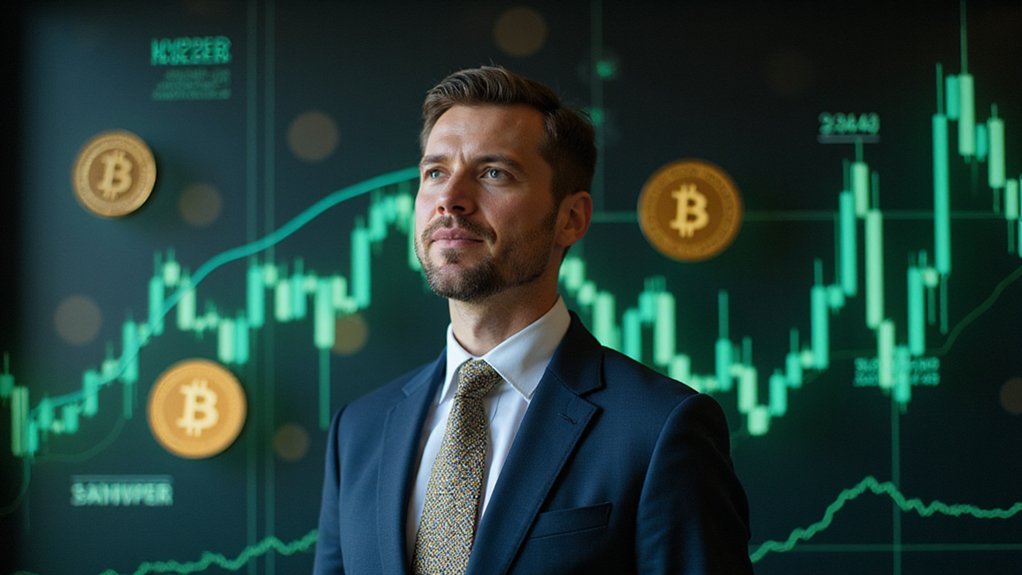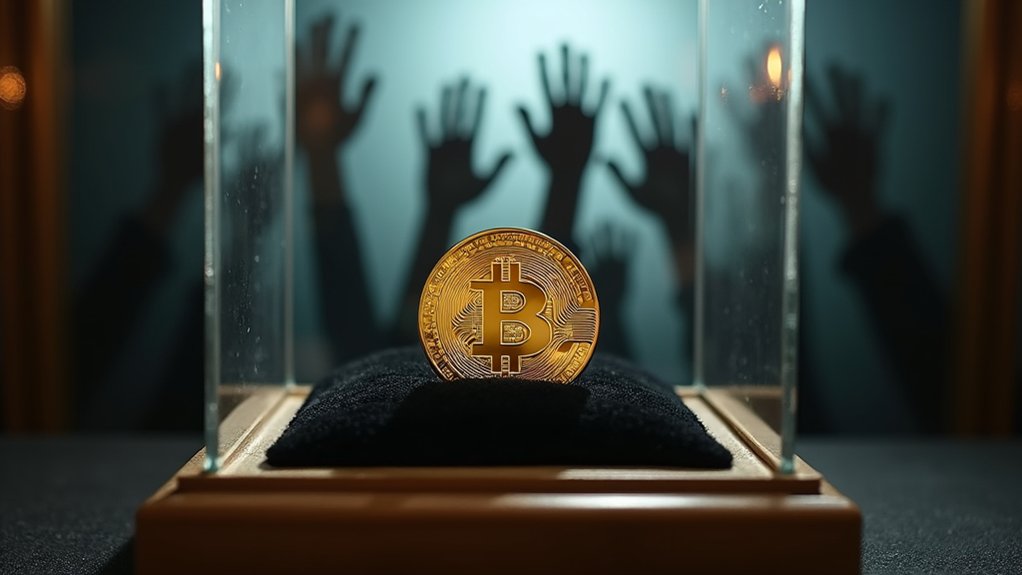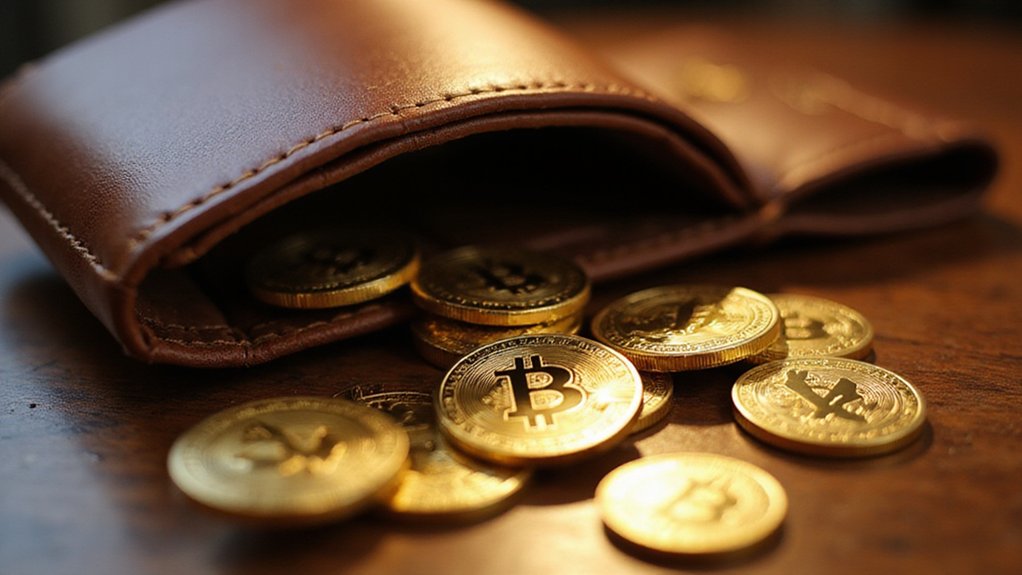Federal Reserve Chair Jerome Powell’s latest speech delivered a masterclass in central banking nuance—threading the needle between acknowledging economic resilience while simultaneously warning of inflation’s persistent specter and labor market fragility that lurks beneath seemingly stable headlines.
The Fed’s current policy stance reflects this delicate balancing act, with rates anchored at 5-1/4 to 5-1/2 percent for over a year—a position that Powell suggested won’t be abandoned hastily despite inflation’s grudging march toward the Fed’s 2% target. PCE inflation registered 2.6% in July (with core inflation stubbornly elevated at 2.9%), numbers that would have seemed miraculous during peak inflationary periods yet still warrant the Fed’s characteristic caution.
Perhaps most intriguing was Powell’s acknowledgment of tariff effects “visibly impacting consumer prices“—a rare instance of the Fed directly addressing policy spillovers that typically remain diplomatically unmentioned. This candor extended to his assessment of labor market conditions, where payroll growth has decelerated to a mere 35,000 monthly additions while unemployment holds at 4.2%.
Powell’s unprecedented candor about tariff impacts signals the Fed’s willingness to confront politically sensitive economic realities affecting monetary policy transmission.
The chairman’s description of “masked fragility” in employment data suggests surface-level stability conceals deeper structural concerns, particularly as cooling immigration affects labor force dynamics. The labor force participation rate has edged down recently, reflecting softened labor supply in response to decreased demand for workers.
Powell’s speech coincided with the release of the Fed’s revised Statement on Longer-Run Goals—the second public review of their monetary policy framework, timing that seemed hardly coincidental. This framework revision provides enhanced flexibility for future policy decisions, potentially setting the stage for what Powell cryptically referenced as “a looser policy in 2026.”
The implications for asset markets, including crypto assets, remain characteristically opaque yet significant. Policy uncertainty typically amplifies market volatility across asset classes, and Powell’s measured warnings about upside inflation risks suggest that any pivot toward accommodation remains distant. Traditional financial institutions continue to grapple with regulatory frameworks while DeFi platforms offer alternative financial services through blockchain-based smart contracts that operate without traditional intermediation.
His emphasis on economic resilience amid “sweeping changes in economic policy” indicates the Fed’s recognition that traditional monetary transmission mechanisms may require recalibration.
The chairman’s approach embodies central banking’s fundamental paradox: projecting confidence while preparing for uncertainty, maintaining credibility through measured ambiguity rather than false precision.









